Solar Violence
Film screening and panel discussion with Ala Roushan and Charles Stankievech (A Shroud Woven of Solar Threads), Oxana Timofeeva (Solar Politics) and Dehlia Hannah (How to Change a Lightbulb)
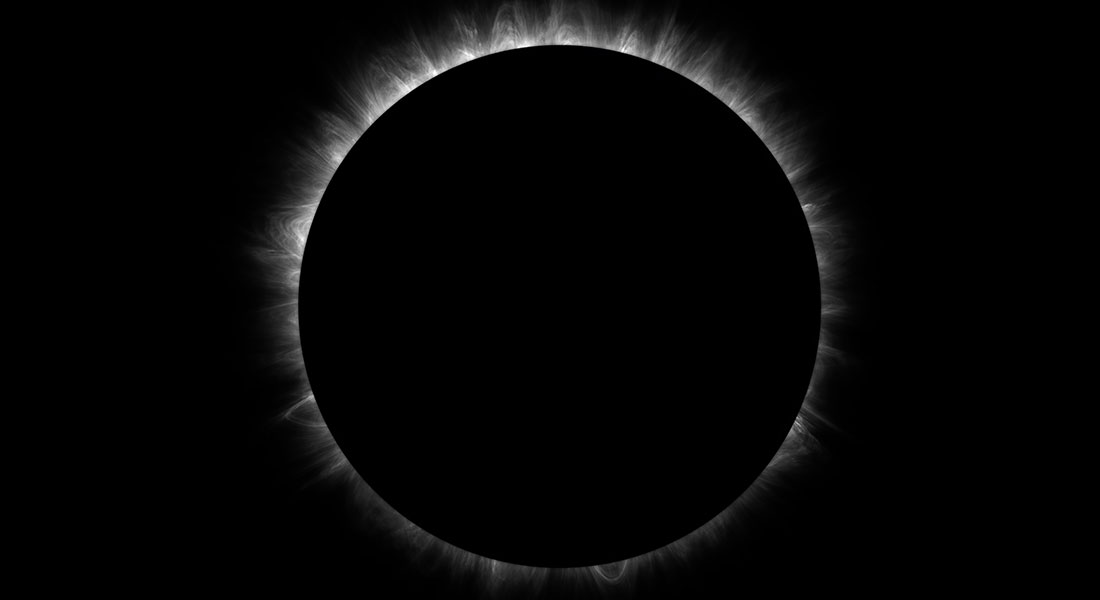
The sun, a source of life and power, has always possessed a contradictory place in the human imagination—embodying the complex interaction between geophysical forces and human aspiration. Ancient civilizations sought to appease the sun through spiritual and symbolic rituals. In modern societies, fantasies of solar control ranging from technical to fantastical have gripped the imagination of engineers, artists, and science fiction writers. Today, even as we harvest the sun’s rays as a source of renewable energy, geoengineering techniques such as solar radiation management are under consideration as desperate measures for combatting climate change. Deploying technologies with planetary-scale impacts raises important ethical and philosophical questions. In seeking to master the sun, are we jeopardising subtle ecological balances that we barely understand? Does this desire for control reflect our hubris or, worse, an inability to conceive of a harmonious coexistence with other living beings?
This film screening and panel discussion brings together artists and philosophers to consider how culture shapes atmospheres. Revisiting ancient history, Ala Roushan and Charles Stankievech’s film A Shroud Woven of Solar Threads (2024-2025) examines how ancient civilisations sought not to dominate the sun, but to respect and adjust to it. Through the figure of Mithra, the ancient Iranians viewed celestial phenomena as forces to engage in dialogue, rather than manipulate. In Solar Politics (Cambridge: Polity Press, 2022), Oxana Timofeeva traces a solar utopian tradition from Plato to George Bataille and the Russian Cosmism opera Victory over the Sun (1913) in search of a vision of solar solidarity that transcends the dialectic between worship and control. Dehlia Hannah has argued in her recent Blackout: A Manifesto (After Comfort, e-Flux Architecture, 2024) that we must dramatically reduce our dependence on the electrical grid in order to lower carbon emissions. In the face of a rapid climate change, these filmic and philosophical thought experiments in invite us to consider not only new technologies for moderating the violence of the sun, but a new cultural imagination of solar power.
Participants
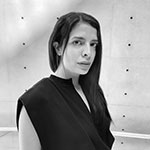 Ala Roushan is an artist/curator whose work explores artificial environments at the intersection of art, architecture, and technology. Her most recent project, Shaping Atmospheres, was presented as an exhibition and symposium, exploring the critical implications of today’s solar politics and speculations on solar geoengineering. She is an Associate Professor in Environmental Design at OCAD University.
Ala Roushan is an artist/curator whose work explores artificial environments at the intersection of art, architecture, and technology. Her most recent project, Shaping Atmospheres, was presented as an exhibition and symposium, exploring the critical implications of today’s solar politics and speculations on solar geoengineering. She is an Associate Professor in Environmental Design at OCAD University.
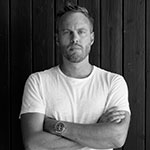 Charles Stankievech is an artist redefining "fieldwork" at the convergence of geopolitics, deep ecologies, and sonic resonances. From the Arctic’s northernmost settlement to the depths of the Pacific Ocean, Stankievech's practice uncovers the paradoxes of our existence on the planet by engaging with the imperceptible. He is currently an Associate Professor in the Faculty of Architecture, Landscape and Design at the University of Toronto.
Charles Stankievech is an artist redefining "fieldwork" at the convergence of geopolitics, deep ecologies, and sonic resonances. From the Arctic’s northernmost settlement to the depths of the Pacific Ocean, Stankievech's practice uncovers the paradoxes of our existence on the planet by engaging with the imperceptible. He is currently an Associate Professor in the Faculty of Architecture, Landscape and Design at the University of Toronto.
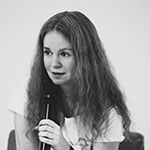 Oxana Timofeeva is a CApE fellow, and researcher at the Universität der Kunst Berlin. She is a member of the artistic collective "Chto Delat" ("What is to be done"), and a senior Associate at the Institute of Global Reconstitution (IGRec, Berlin). Her books include Freud’s Beasty Boys: Sex, Violence, and Masculinity (Matthes & Seitz Berlin; Polity, 2025), Solar Politics (Polity 2022), How to Love a Homeland (Kayfa ta), and History of Animals (Bloomsbury 2018). Her new book On the Soul is forthcoming in 2025.
Oxana Timofeeva is a CApE fellow, and researcher at the Universität der Kunst Berlin. She is a member of the artistic collective "Chto Delat" ("What is to be done"), and a senior Associate at the Institute of Global Reconstitution (IGRec, Berlin). Her books include Freud’s Beasty Boys: Sex, Violence, and Masculinity (Matthes & Seitz Berlin; Polity, 2025), Solar Politics (Polity 2022), How to Love a Homeland (Kayfa ta), and History of Animals (Bloomsbury 2018). Her new book On the Soul is forthcoming in 2025.
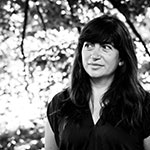 Dehlia Hannah is a curator and associate professor of Environmental Aesthetics in Art History at the University of Copenhagen. Her publications include A Year Without a Winter (Columbia University Press, 2019), The Routledge Handbook of Art and Science and Technology Studies (Routledge, 2021), and Blackout: A Manifesto (e-flux Architecture, 2024). As a CApE fellow in 2025 she is completing a monograph titled Rewilding the Museum (Hatje Cantz, 2026) and planning an arts festival to take place during a power failure.
Dehlia Hannah is a curator and associate professor of Environmental Aesthetics in Art History at the University of Copenhagen. Her publications include A Year Without a Winter (Columbia University Press, 2019), The Routledge Handbook of Art and Science and Technology Studies (Routledge, 2021), and Blackout: A Manifesto (e-flux Architecture, 2024). As a CApE fellow in 2025 she is completing a monograph titled Rewilding the Museum (Hatje Cantz, 2026) and planning an arts festival to take place during a power failure.
